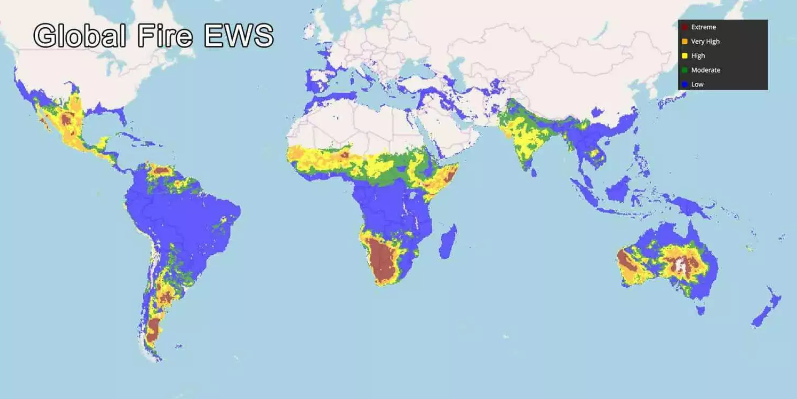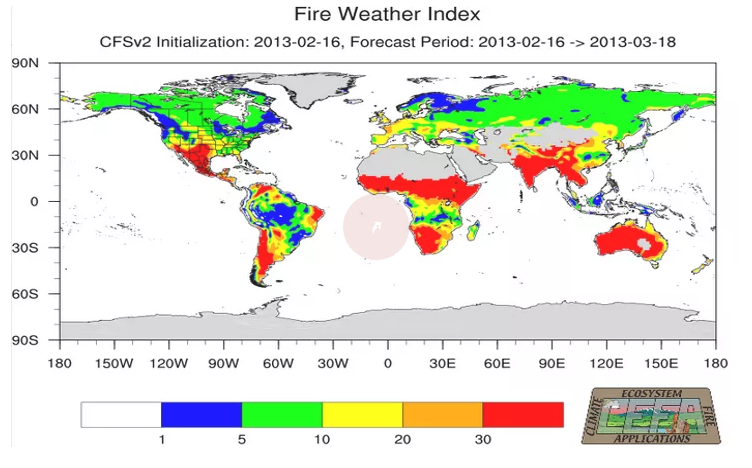by Hans Nicholas Jong on 29 December 2017
JAKARTA – The Indonesian government has unveiled an ambitious plan to nearly halve the number of fire hotspots in the country by 2019, in part through the restoration of degraded peat forests.
The fires are an annual occurrence, linked to the clearing of forests for logging and monoculture plantations. In recent years the problem has been exacerbated by the draining of peat swamps, which leaves them highly combustible.
Under the new plan revealed Tuesday by the Coordinating Ministry for the Economy, the government aims to tackle the fires through a two-pronged approach.
First is ensuring that the 24,000 square kilometers (9,266 square miles) of degraded peat areas slated to be restored by Indonesia’s peatland restoration agency (BRG) are not burned. Second is boosting prevention efforts in 731 villages in Sumatra and Kalimantan, the Indonesian portion of Borneo, identified as being historically prone to fires.
In all, the plan calls for the protection of 121,000 square kilometers (46,718 square miles) of land, which, if kept successfully free of fire by 2019, will reduce the anticipated number of hotspots by 49 percent compared to business-as-usual levels.
Reed more Indonesia unveils plan to halve forest fires by 2019

